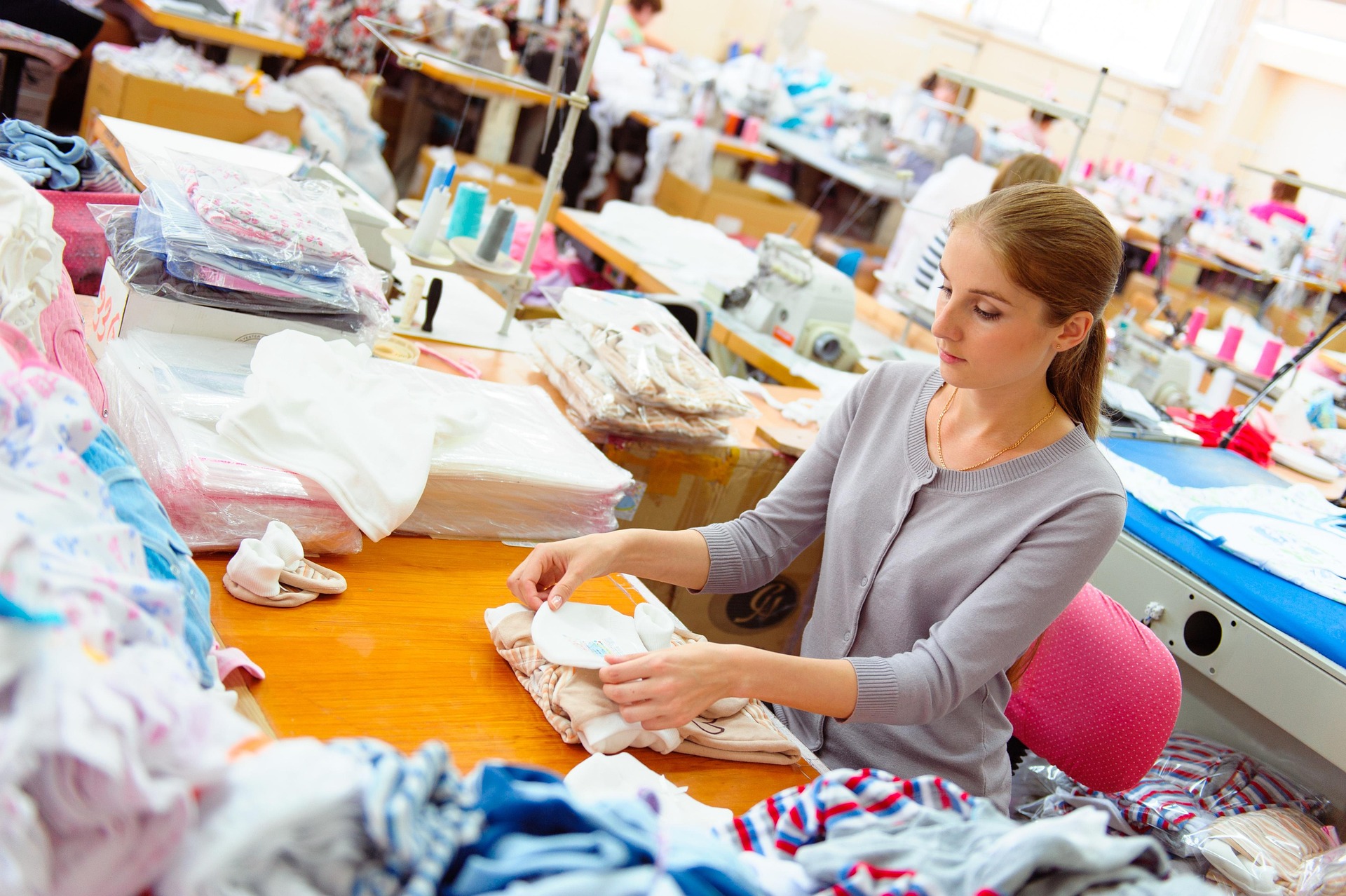The Quiet Revolution of Slow Fashion in America
Slow fashion is weaving its way into the fabric of American society, challenging fast fashion's dominance. This movement prioritizes quality, sustainability, and ethical production over trend-driven overconsumption. As consumers become more conscious of their environmental impact, slow fashion is gaining momentum, reshaping shopping habits and industry practices. Read below to explore how this cultural shift is influencing American wardrobes and values.

The Roots of Slow Fashion
The concept of slow fashion can be traced back to the slow food movement that began in Italy in the 1980s. This culinary philosophy, which emphasized local ingredients, traditional cooking methods, and mindful consumption, provided a blueprint for the slow fashion movement. In the early 2000s, fashion designer Kate Fletcher coined the term slow fashion, applying the principles of slow food to the clothing industry. The movement gained traction as a response to the environmental and social costs of fast fashion, which had become increasingly apparent in the late 20th and early 21st centuries.
The Environmental Imperative
One of the primary drivers of the slow fashion movement in America is growing environmental awareness. The fashion industry is one of the largest polluters globally, responsible for significant carbon emissions, water pollution, and textile waste. As Americans become more conscious of their carbon footprint, they are seeking alternatives to the disposable fashion model. Slow fashion offers a solution by promoting durable, high-quality garments that last longer and have a lower environmental impact. This shift is reflected in the rising popularity of eco-friendly fabrics, upcycled clothing, and brands that prioritize sustainability in their production processes.
Changing Consumer Values
The slow fashion movement in America is not just about environmental concerns; it also reflects a broader shift in consumer values. Many Americans, particularly millennials and Gen Z, are prioritizing experiences over possessions and quality over quantity. This mindset aligns perfectly with slow fashion’s emphasis on investing in fewer, better-made pieces that stand the test of time. Additionally, there is a growing interest in the story behind products, with consumers seeking transparency about where and how their clothes are made. This desire for authenticity and connection is driving support for local designers, artisanal craftsmanship, and brands that prioritize ethical production.
The Role of Technology in Slow Fashion
Paradoxically, technology is playing a crucial role in advancing the slow fashion movement in America. Social media platforms and online marketplaces have made it easier for small, sustainable brands to reach consumers directly. These digital tools allow for greater transparency, enabling brands to share their production processes and ethical practices with customers. Additionally, innovations in sustainable materials and production techniques are making it possible for slow fashion to compete with fast fashion in terms of variety and accessibility. From 3D-printed clothing to AI-driven personalized fashion, technology is helping to make slow fashion more viable and appealing to a broader audience.
Economic Implications and Industry Response
The rise of slow fashion is having significant economic implications for the American retail industry. Traditional fast fashion retailers are feeling the pressure to adapt, with many introducing sustainable lines or overhauling their production processes to align with changing consumer preferences. Meanwhile, a new ecosystem of slow fashion brands, from small artisanal workshops to innovative startups, is flourishing. This shift is also impacting employment patterns, with a renewed focus on skilled craftsmanship and local production potentially creating new job opportunities in the American textile and fashion industries.
Challenges and Future Prospects
Despite its growing popularity, the slow fashion movement in America faces several challenges. Price remains a significant barrier for many consumers, as sustainably and ethically produced garments often come with a higher price tag. There is also the challenge of changing deeply ingrained consumer habits and resisting the allure of fast fashion’s constant novelty. Education and awareness will be key to overcoming these hurdles. Looking ahead, the future of slow fashion in America appears promising. As environmental concerns become more pressing and consumers increasingly prioritize sustainability and ethical consumption, slow fashion is poised to move from a niche movement to a mainstream force in American retail.





